Many small business owners grapple with the question, “Should I put myself on the payroll?” The answer is not as straightforward as it seems. Choosing the right method to compensate yourself depends on your business structure and can significantly impact your taxes, qualified business income (QBI) deduction, and access to employee benefits. If you misclassify how you pay yourself, you may face compliance issues or unnecessary tax burdens.
This guide will break down how different business structures impact how you can pay yourself while remaining tax-compliant.
Understanding Tax Obligations
The confusion surrounding how business owners should pay themselves stems from the two-track system used to collect taxes for Social Security and Medicare:
- The Federal Insurance Contribution Act (FICA): Governs how Social Security and Medicare taxes are collected from employees and employers.
- The Self-Employment Contribution Act (SECA): Governs how similar taxes are collected from self-employed individuals.
Under FICA, both employees and employers contribute 6.2% to Social Security and 1.45% to Medicare (a combined total of 15.3%). Self-employed individuals, governed by SECA, pay the full 15.3% on their self-employment income.
Your classification as either an employee or self-employed individual depends on your business entity type.
Paying Yourself Based on Your Business Structure
Sole Proprietor
- Tax Rules: Sole proprietors are subject to SECA taxes. Since they are not employees, they cannot be on the payroll.
- How to Pay Yourself: Take an owner’s draw—withdraw money from the business when needed. This amount is not deductible as a salary expense.
- Tax Reporting: Report net earnings on Schedule C of Form 1040 and pay self-employment taxes on those earnings.
Single-Member LLC
- Tax Rules: If a single-member LLC does not elect corporate taxation, it is considered a disregarded entity for tax purposes, meaning it is treated like a sole proprietorship.
- How to Pay Yourself: Like a sole proprietor, you take an owner’s draw.
- Tax Reporting: Report income on Schedule C of Form 1040 and pay self-employment taxes accordingly.
Partnership
- Tax Rules: Partners are not employees and cannot receive a W-2 salary. Instead, they earn money through guaranteed payments and profit distributions.
- How to Pay Yourself:
- Guaranteed payments: Compensation for services rendered, taxable as ordinary income and subject to self-employment tax.
- Profit distributions: Allocated based on the partnership agreement. General partners pay self-employment taxes on these, while passive limited partners do not.
- Tax Reporting: The partnership reports earnings via Schedule K-1 to each partner.
S Corporation (S Corp)
- Tax Rules: S corporation owners must pay themselves a reasonable salary (W-2 wages) before taking distributions.
- How to Pay Yourself:
- W-2 Salary: Subject to FICA taxes (Social Security and Medicare).
- Shareholder Distributions: Any remaining profits can be distributed without self-employment tax, making S Corps an attractive option for tax savings.
- Tax Reporting:
- Report salary on W-2.
- Report business profits on Schedule K-1.
C Corporation (C Corp)
- Tax Rules: C corporations pay corporate income tax on profits. Any money distributed as dividends is double taxed—once at the corporate level and again at the individual level.
- How to Pay Yourself:
- W-2 Salary: Subject to payroll taxes.
- Dividends: Subject to corporate tax and individual income tax.
- Tax Reporting: Salary is reported on a W-2, and dividends are reported on Form 1099-DIV.
Key Takeaways
- Sole proprietors and single-member LLCs: Use an owner’s draw to take money from your business. You pay self-employment taxes on net earnings.
- Partnerships: Partners cannot receive W-2 wages. Instead, they receive guaranteed payments and profit distributions, both of which are generally subject to self-employment taxes.
- S corporations: Owners must pay themselves a reasonable W-2 salary and can also take profit distributions that are not subject to self-employment taxes.
- C corporations: Owners receive a W-2 salary and may also receive dividends, but be aware of double taxation.
Final Thoughts
Understanding how to properly compensate yourself as a business owner is crucial for tax compliance and financial efficiency. Your business structure determines whether you take an owner’s draw, receive guaranteed payments, or earn a salary. By paying yourself correctly, you can avoid tax penalties and maximize your tax benefits.


